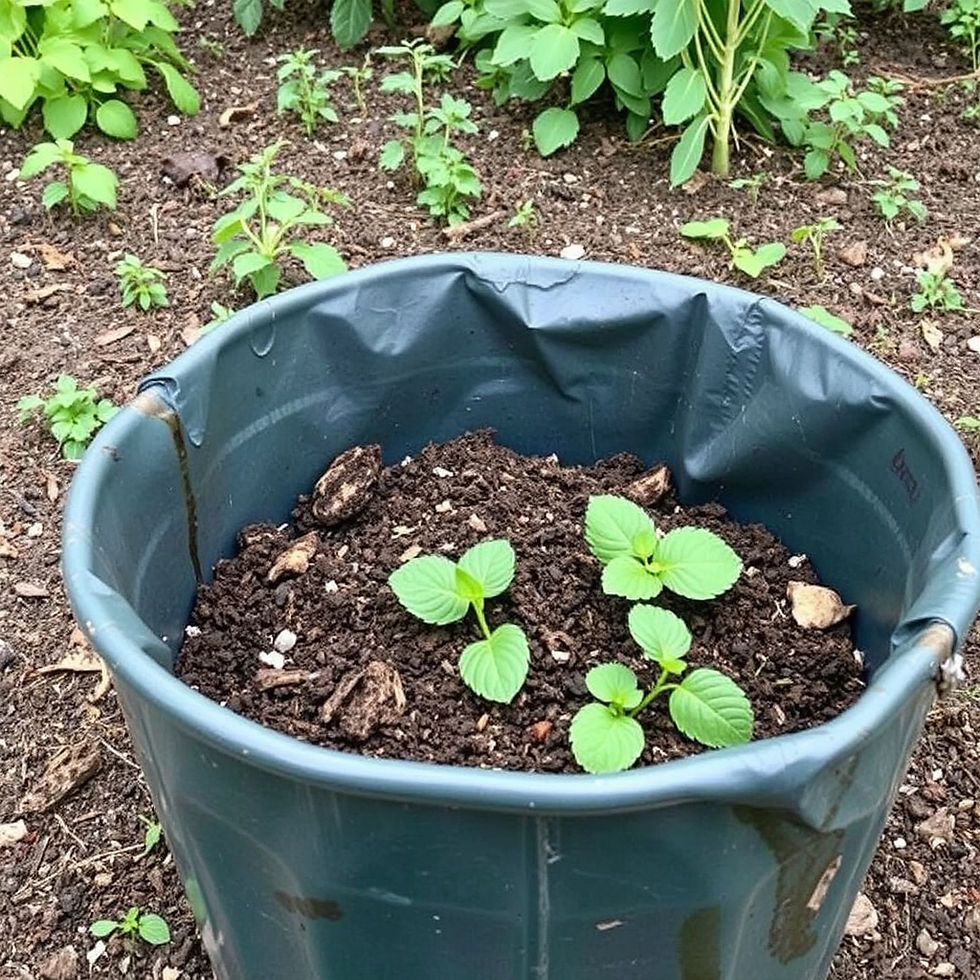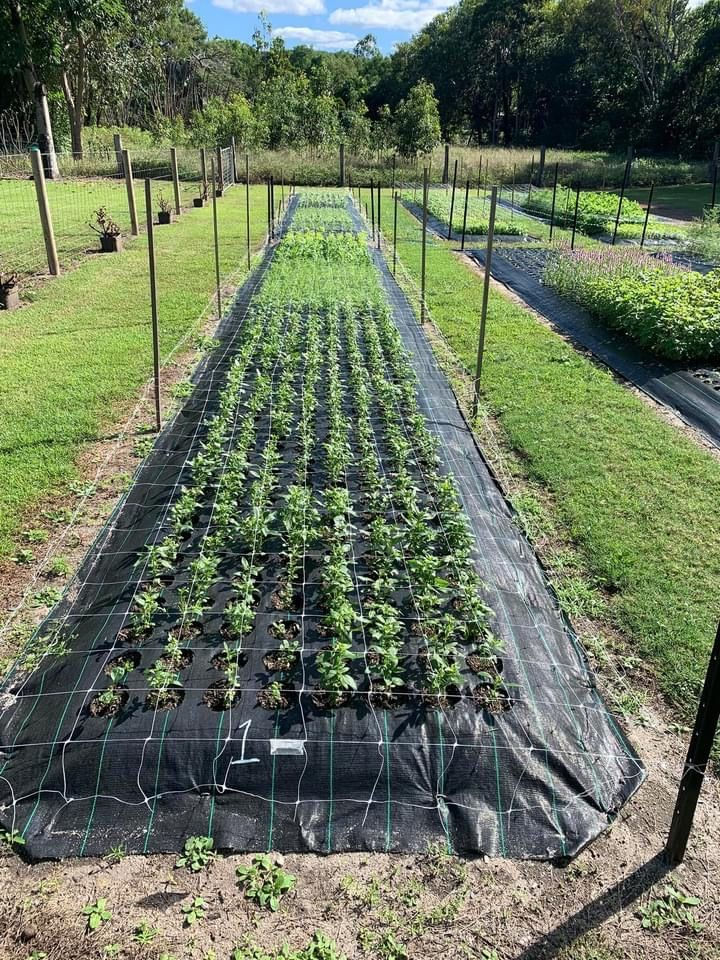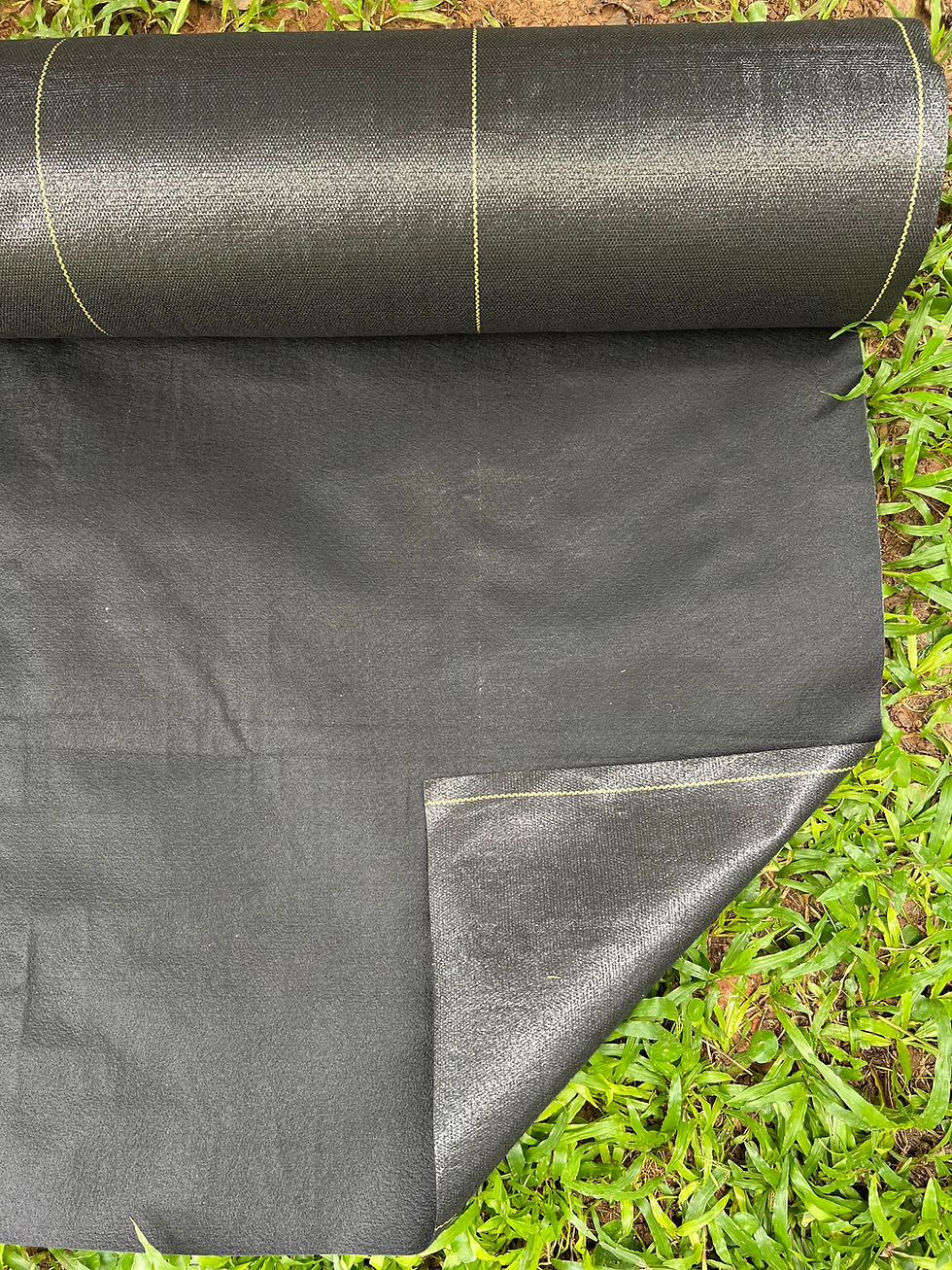Can You Reuse Landscape Fabric? Lifespan, Tips, and What to Know
- dotday_gardener
- Jul 24
- 3 min read
When it comes to creating a thriving garden, many DIY gardeners and home landscapers depend on landscape fabric. This essential tool acts as a barrier to weeds and contributes significantly to a healthy outdoor space. But as seasons shift and garden designs change, a common question arises: Can I Reuse Landscape Fabric without compromising its effectiveness? In this post, we will explore the lifespan of landscape fabric, signs that indicate when to replace it, and practical tips to Reuse Landscape Fabric effectively.

Can Landscape Fabric Be Reused?
Yes, you can often Reuse Landscape Fabric, but it largely depends on its condition.
First, evaluate your weed barrier fabric. If it’s intact without significant tears, it can usually be repurposed. Look for wear indicators like holes, frays, or discoloration. According to studies, landscape fabric typically breaks down due to UV exposure, especially in areas that see high sunlight. For instance, fabric exposed to harsh weather or heavy layers of soil can wear out faster.
Proper removal is crucial for reuse. Carefully lift the fabric without tearing it, and clean off any dirt or plant material. This simple cleaning can greatly enhance the fabric's lifespan and functionality in a new project.
Average Lifespan of Landscape Fabric
If you’re wondering how long does landscape fabric last, the answer depends on material and usage.. The lifespan of landscape fabric varies based on materials and usage. Most garden fabrics last anywhere from 5 to 20 years.
Polypropylene Fabric: Commonly used for weed barriers, this fabric typically lasts 5 to 10 years based on its thickness and quality.
Woven Landscape Fabric: More durable than polypropylene, this type can endure 10 to 20 years, making it ideal for long-term landscaping.
Biodegradable Option: If you're committed to eco-friendly gardening, biodegradable fabric may appeal to you. However, it lasts only 1 to 3 years, making it less suitable for reuse.
Knowing the average lifespan helps you make informed decisions about when to replace or reuse.
When to Replace or Reuse Landscape Fabric?
Reusing weed barrier fabric can save you both money and resources, but there are times when replacement is necessary.
Signs that replacement is needed:
Damage: Multiple tears or holes signal it's time for a new barrier.
Discoloration: A significant change in color indicates degradation. If your fabric appears grayish or brittle, it has likely broken down due to UV exposure.
Soil Accumulation: Heavy layers of soil or roots can clog the fabric, reducing its effectiveness in suppressing weeds and allowing water to filter through.
If you observe minor wear, the fabric may still be functional. Simple cleaning and repurposing can offer a viable solution.
Tips to Extend the Life of Your Fabric
Reusing your weed barrier or ground cover effectively can extend its utility across seasons. To get the most out of your landscape fabric and optimize its reuse, consider these straightforward tips:
Storage: After removing it from your garden, keep the fabric in a cool, dry area. Avoid damp places that could lead to mold.
Cleaning: Before reusing, gently hose down the fabric to get rid of dirt and debris. This step ensures the barrier remains effective.
Proper Installation: When reapplying fabric, make sure it is securely placed and that seams overlap. This prevents weeds from growing through gaps.
Monitor Condition: Regularly check the fabric throughout the gardening season. Catching any signs of wear early allows you to act quickly—whether that means repairing or replacing it.
Combine with Organic Mulch: Layering organic mulch on top of landscape fabric can extend its life. Mulch protects the fabric from UV damage while nourishing the soil.
These techniques highlight how to reuse garden fabric properly for best results. Following these practices can help gardeners embrace sustainability while keeping their spaces free from invasive weeds.
Final Thoughts on Managing Landscape Fabric
Utilizing landscape fabric effectively can greatly improve the health of your garden by controlling weeds. Knowing when to reuse or replace your fabric is vital for maintaining both budget and sustainability.
Whether you are a DIY gardener, a home landscaper, or simply enjoy gardening, preserving your fabric's condition can lead to more efficient gardening. The next time you ask, “Can I reuse my landscape fabric?” remember to assess its state, consider how long it has been in use, and follow these practical maintenance tips. With care, your garden fabric could serve you well for years.
As you plan your next gardening project, remember the importance of learning how to Reuse Landscape Fabric and properly maintain it—it supports your budget and promotes sustainable gardening practices. With smart fabric reuse techniques, you’ll minimize waste and keep your garden thriving.
Stay updated with the best landscape hacks - Follow us!
Happy Gardening!



Comments